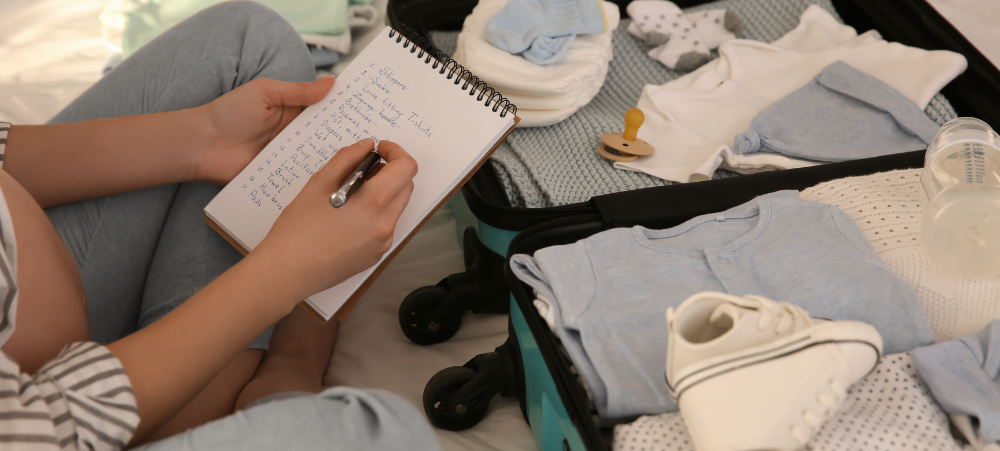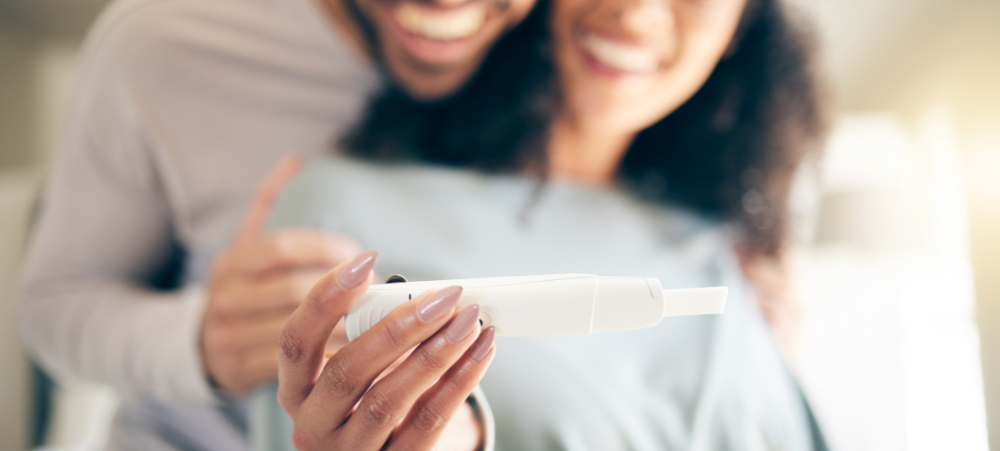If you are worried about how to cope with pain during labour check out these tips.
Knowing what to expect during the various stages of labour can help reduce anxiety. Antenatal classes are strongly recommended.
Being in good physical condition is important. Exercise gently and regularly throughout your pregnancy, avoid cigarettes and alcohol, and eat a healthy, balanced diet.
1 Breathing Techniques
Rhythmic Breathing will maximise the amount of oxygen available to you and your baby during labour. It can also assist with relaxation and handling contractions better.
2 Water
Using water during labour and birth encourages reduction in pain, greater mobility that comes with buoyancy, induces relaxation and reduces abdominal pressure.
It also softens the effect on the perineum and vulva which promotes stretching during crowning. Giving birth in water also creates a more gentle entrance into the world for baby.
3 Support
Continuous one-to-one support can help you cope better with contractions and have a more satisfying birth experience. The right sort of support, such as a doula, can even result in a slightly shorter labour.
4 Massage
Massage stimulates your body to release endorphins, the natural pain-killing, mood-lifting substances.
5 Hypnosis
HypnoBirthing is a complete birth education programme, that teaches simple but specific self hypnosis, relaxation and breathing techniques for a better birth.
6 Changing Positions and being Active
Changing positions, and moving around during labour and birth, offers several benefits: increased comfort / reduced pain, distraction, and an enhanced sense of control. Having something active to do can relieve the sense of being overwhelmed and out of control.
Changing positions during labour can change the shape and size of the pelvis, which can help the baby’s head move to the optimal position during first stage labour, and helps the baby with rotation and descent during the second stage.
7 Vocalisation
Vocalization is, for many women, one of the most instinctual ways to cope with the intensity of labor. It is a natural way to release the discomfort and energy of contractions through audible tones.
8 Music
Music can lower perception of pain, help to regulate heart rate and breathing, reducing the amount of morphine type drugs needed. Music can also reduce anxiety which in turn can help you feel calm and in control.
9 TENS
This stands for transcutaneous electrical nerve stimulation. Some hospitals have TENS machines. If not, you can hire your own machine.
TENS has not been shown to be effective during the active phase of labour (when contractions get longer, stronger and more frequent). It’s most effective during the early stages.
10 Hot or Cold Packs
Hot and cold packs are small containers that provide either heat or cold for use in dulling the sensations of pain and discomfort. They come in a variety of styles and shapes. Hospitals generally have chemical hot and cold packs that can be activated and used for about 1/2 an hour.
You could also use a hot water bottle, ice wrapped in a towel, a washcloth dipped in hot water or many other ways to bring warmth or cold to a part of the body.
11 Birthing Balls
Using a birth ball can help you adopt different upright positions, which can help you to labour effectively. It may even shorten your labour by an hour or so.
Using a birth ball during labour has been shown to help reduce the pain of contractions. You may find you instinctively sway and rock in rhythm with your contractions, and a birth ball gives great support for this.





